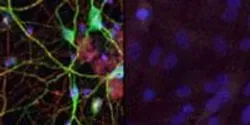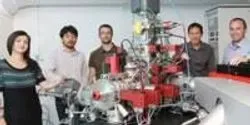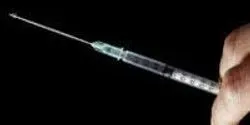Biological Sciences

The custom technologies arm of Molecular Devices, a leader in bioanalytical systems for drug discovery, life science research, and bioassay development, has partnered with the Discovery Technologies team at the Roche Innovation Center Basel of Pharma Research and Early Development (pRED) to develop a high-throughput detection system for drug discovery screens employing Roche’s proprietary Ruthenium-based nanosecond time resolved fluorescence (Nano-TRF®) assays. The pRED screening teams in Basel and Shanghai are now installing the custom-developed Nano-TRF® cartridge in their existing Molecular Devices SpectraMax® Paradigm® multimode microplate readers and will receive on-demand delivery of new cartridges and continuing global technical support.

Scientists have described a way to convert human skin cells directly into a specific type of brain cell affected by Huntington’s disease, an ultimately fatal neurodegenerative disorder. Unlike other techniques that turn one cell type into another, this new process does not pass through a stem cell phase, avoiding the production of multiple cell types, the study’s authors report.

Scientists at EPFL have used a new imaging technique to monitor how glucose, our main energy source, is used in the body. Their findings may have great implications for diseases like diabetes.

Drawing blood and testing it is standard practice for many medical diagnostics. As a less painful alternative, scientists are developing skin patches that could one day replace the syringe. In the American Chemical Society journal Analytical Chemistry, one team reports they have designed and successfully tested, for the first time, a small skin patch that detected malaria proteins in live mice. It could someday be adapted for use in humans to diagnose other diseases, too.

















